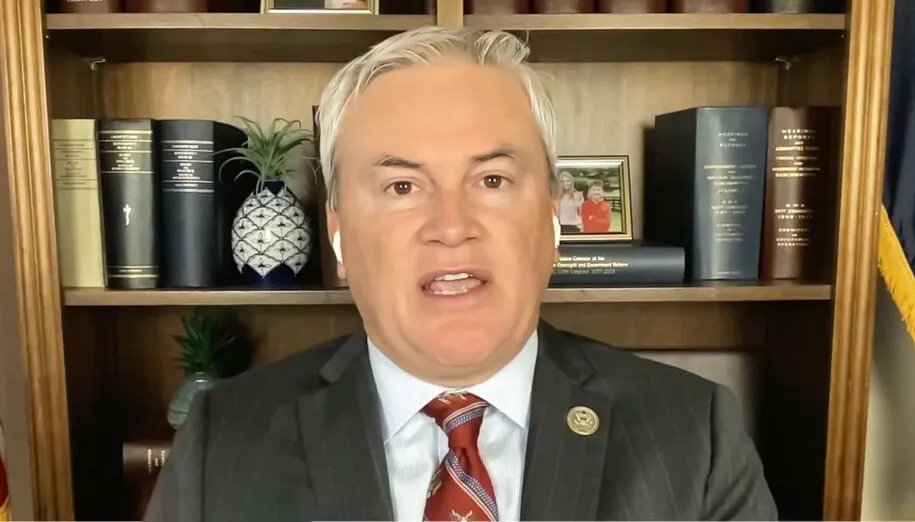We keep hearing Governor Beshear and others refer to the coming “new normal.” But outside of some comments from Beshear himself, mostly about masks, we’re not sure just what that means. In fact, it seems some people, perhaps MANY people, think we’re going to go back to how things were in January, before COVID-19 changed our lives.
Those people are wrong. Our “new normal” is going to be just that – new.
In fact, while some parts of our new normal (not going to continue putting it in quotes) will be temporary, other parts may become an ongoing part of our individual daily lives, and of our society.
Two important points:
- This is my speculation on what is coming, based on listening, reading, and research. I do not claim any special training or insight; just the ability to consider reality and visualize possible scenarios.
- All of this could be made completely moot by a vaccine or a highly effective quick-acting treatment. More on this at the end of the article.
Masks
One thing that seems very clear is that we are going to be wearing masks any time we are outside our home, and that wearing them is going to be required – as in, you can get a citation if you are not wearing one.
When you remember the basics I outlined in the first article in this series, this makes sense. We don’t have a vaccine, the virus is random in its effects on people, and it is highly contagious. The only strategy we have to deal with it is to minimize infection of ourselves and others. Thus, masks.
Social distancing
We will still be expected to maintain social distancing and limited contact. This will be true everywhere: in stores, out in public, at work. Workplaces will have to figure out how to get their work done while maintaining social distancing.
Gloves will be expected for clerks and delivery people. On-the-porch deliveries will continue. Curbside pickup will also continue to be available and used.
Testing
Our current testing regime is woefully inadequate for what will be needed in the future, but that will change over time. In fact, along with masks, testing will become an everyday part of our new normal.
- There will be temperature testing everywhere: when you enter your workplace, certainly whenever you enter a medical facility, and perhaps even when you enter a store.
- Anyone with a fever, or symptoms, will then get a “quick test.” This will be a somewhat accurate test, similar to the flu test you get at the immediate care, that returns results in a few minutes or so.
- Anyone whose quick test comes back positive will then be required to get the “advanced test” (the swab-into-your-brain test), which is more accurate, but which takes much longer to produce results.
Quarantining
Now we come to the part of the new normal that is going to cause the most pushback: required quarantining.
Walk through that testing regime again. What happens if someone has a positive test?
They are required to self-quarantine for 14 days. No ifs, ands, or buts.
The reason is obvious. As long as they have the virus, they are a threat to others. They can spread the virus, even while wearing a mask. Even worse, they could be a “super spreader,” able to infect up to hundreds of other people. Some research indicates that out of all people infected with the virus, 20% will be super spreaders.
The required quarantining will apply to everyone, so as to keep the rest of us safe. You will have either self-quarantine at home, or go to a facility set up for temporary quarantining.
How will you get out of it? Be symptom-free for 7 days and have a second test that comes back negative.
Employers, get ready. Until we have a vaccine OR we approach herd immunity, you will randomly have workers who won’t be able to “come to work” for two weeks. If they can work remotely, great. If they can’t, you’ll need to have backups.
Contact tracing
Along with the testing and quarantining process of our new normal will come contact tracing: the attempt to find all the people who could have been exposed to the test-positive person, and test (and possibly quarantine) THEM as well:
- Family
- Friends
- Co-workers
- Persons like clerks or sales people or service people
Why will we have to do all this?
It’s simple: When you don’t have a vaccine and you don’t have a cure, the only way to stop a pandemic is to find the people who have the virus, find the people they have infected, and quarantine the lot of them until the risk of contagion is gone.
People are going to hate it, absolutely. But, until we have a vaccine or a cure or serious herd immunity, there are only two other options:
- Open everything up and let the virus kill off as many it can.
- Do these things half-heartedly and have another wave of infections, thus having to shut everything down again.
One of the possible scenarios for our new normal is that, in fact, a chunk of the population will refuse to do some or all of this. What will happen then, outside of more infections? Civil unrest? Confrontations in public between the Maskers and the No-Maskers? Let’s hope that the vast majority of the public understands the necessity of these practices, and that they can convince the others without having unnecessary deaths deliver the lessons.
Caveats to what I’ve predicted
Caveat #1: A vaccine – IF we get a highly effective vaccine with no side effects (as proven through well-designed and well-executed clinical trials), then we may be able to make all of this moot. But in our rush to get a vaccine, we MUST insist on good trials. We can’t afford to replace the COVID-19 virus with something else that also harms people.
Remember thalidomide – a drug that was effective for certain conditions, but which was then promoted, without clinical trials, for use by pregnant women. The results? Thousands of babies born with significant birth defects.
Also note the current situation with hydroxychloroquine, a drug that is successful at treating malaria, but which is still in very early experimental stages at treating COVID-19. Even before clinical trials have run their course, significant heart issues have been noted with the use of this drug.
Caveat #2: A highly effective, quick-acting treatment – IF a treatment can be developed that can be given to someone showing symptoms, that then kills off the virus, we would be able to open up more, knowing we had a way to keep (most) people from dying. At this point, there are hints of some treatments that might work, but nothing definite.
Caveat #3: Immunity – IF we learn that persons who have had the virus and recovered have strong immunity, and IF we also learn that they are no longer contagious as well, THEN we may be able to bypass some of this.
BUT – If none of these scenarios come to pass, the “asymptomatic carrier” problem will require us to take all these precautions until there is a vaccine or a cure, as noted at the top.
What about society as a whole?
Most of what I’ve written in this article is easily predicted, based on comments by various medical professionals and elected leaders, and on common sense. What impact our experience with a pandemic will have on the greater society is harder to predict. But, I have some ideas, and that will be the topic for the final article in this series.
–30–
Stories in this series
Comments







